Test your dog health IQ!
Did you know that the following foods are toxic to dogs?
Did you know that the following foods are toxic to dogs?
| Alcoholic beverages: can cause intoxication, coma, and death. Chocolate, coffee, tea: contains caffeine, theobromine, or theophylline, which can be toxic and affect the heart and nervous systems. Citrus oil extracts: can cause vomiting. Fat trimmings (in large amounts): can cause pancreatitis. Grapes and raisins: contain an unknown toxin, which can damage a dog's kidneys. |

Hops: unknown compound causes panting, increased heart rate, elevated temperature, seizures, and death.
Iron Supplements (Vitamins): can damage the lining of the digestive system and be toxic to the other organs including the liver and kidneys.
Liver (in large amounts): can cause Vitamin A toxicity, which affects muscles and bones.
Macadamia nuts: contain an unknown toxin, which can affect the dog's digestive and nervous systems and muscle.
Marijuana: can depress the nervous system, cause vomiting, and changes in the heart rate.
Mushrooms: can contain toxins, which may affect multiple systems in the body, cause shock, and result in death.
Iron Supplements (Vitamins): can damage the lining of the digestive system and be toxic to the other organs including the liver and kidneys.
Liver (in large amounts): can cause Vitamin A toxicity, which affects muscles and bones.
Macadamia nuts: contain an unknown toxin, which can affect the dog's digestive and nervous systems and muscle.
Marijuana: can depress the nervous system, cause vomiting, and changes in the heart rate.
Mushrooms: can contain toxins, which may affect multiple systems in the body, cause shock, and result in death.
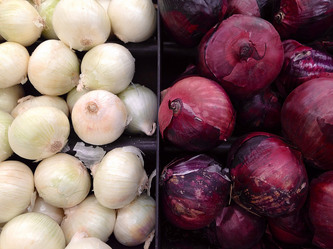
Onions and Garlic (in all forms): contains sulfoxides and disulfides, which can damage red blood cells and cause anemia.
Potato, Rhubarb, and Tomato leaves; Potato and Tomato stems: contain oxalates, which can affect a dog's digestive, nervous, and urinary systems.
Raw eggs: contain an enzyme called avidin, which decreases the absorption of biotin (a B vitamin). This can lead to skin and hair coat problems. Raw eggs may also contain Salmonella.
Raw fish (in large quantities): can result in a thiamine (a B vitamin) deficiency leading to loss of appetite, seizures, and in severe cases, death.
Potato, Rhubarb, and Tomato leaves; Potato and Tomato stems: contain oxalates, which can affect a dog's digestive, nervous, and urinary systems.
Raw eggs: contain an enzyme called avidin, which decreases the absorption of biotin (a B vitamin). This can lead to skin and hair coat problems. Raw eggs may also contain Salmonella.
Raw fish (in large quantities): can result in a thiamine (a B vitamin) deficiency leading to loss of appetite, seizures, and in severe cases, death.
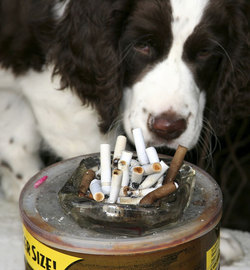
Tobacco: contains nicotine, which affects the digestive and nervous systems. Can result in rapid heartbeat, collapse, coma, and death.
Xylitol: a natural low-cal sweetener derived from Birchwood that's found in many chewing gums.
Yeast dough: can expand and produce gas in the digestive system, causing pain and possible rupture of the stomach or intestines.
Think your dog may have eaten something poisonous?
Call the Animal Poison Control Center at 1-(800)-213-6680 or visit their website at www.petpoisonhelpline.com.
($39 per incident fee applies)
Xylitol: a natural low-cal sweetener derived from Birchwood that's found in many chewing gums.
Yeast dough: can expand and produce gas in the digestive system, causing pain and possible rupture of the stomach or intestines.
Think your dog may have eaten something poisonous?
Call the Animal Poison Control Center at 1-(800)-213-6680 or visit their website at www.petpoisonhelpline.com.
($39 per incident fee applies)


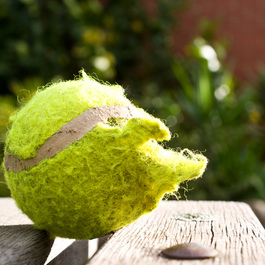
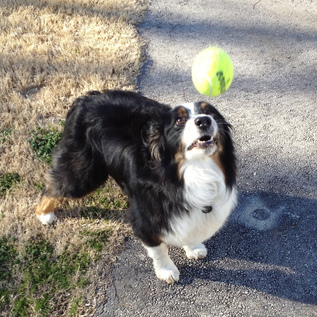
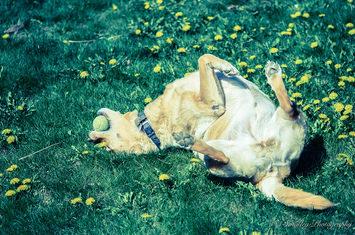

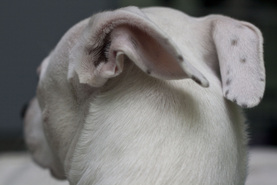
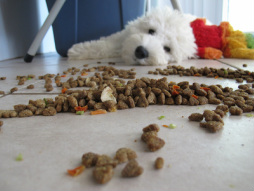
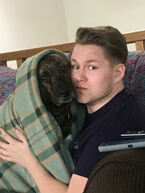

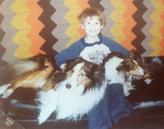
 RSS Feed
RSS Feed

